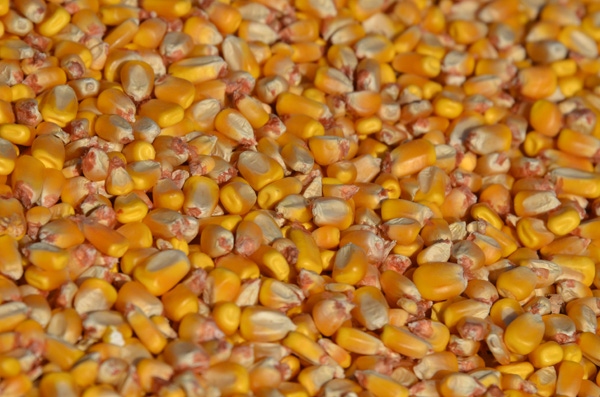November 22, 2013

An expanding livestock production sector could add value to corn in coming months – welcome news for growers who saw corn prices and soybean prices fall in the wake of an EPA-proposed decrease in the Renewable Fuel Standard for 2014, Purdue Extension Agricultural Economist Chris Hurt says.
The bad news for growers, however, is that it could take several months before the effects of expanding animal numbers translate to stronger crop demand. According to Hurt, the profit incentive for expansion of animal numbers is large and animal production was traditionally the way farms added value to abundant and cheap corn supplies. He used hogs as an example.
For the 2013-2014 corn-marketing year, live hog prices should average about $67 per hundredweight with a cost of production around $56, he said. That translates to an approximate $32-per-head profit and increases the value of corn marketed through hogs.
"For the current corn marketing year, hogs are offering an estimated $6.85 per bushel if the profits from hog production are assigned to the value of corn," Hurt says. "This compares to a U.S. Department of Agriculture-estimated price of $4.50 for corn producers."
Like what you're reading? Subscribe to CSD Extra and get the latest news right to your inbox!
"Unfortunately, it takes time to get into hog production, and gilts retained now will not have market-ready pigs until late 2014 when much of the profit incentive will be eroded."
Feed prices are expected to move into a period of moderation over the next several years, which means lower livestock production costs, and increases the likelihood that livestock producers will continue expansion.
Read more about the effect of livestock production on corn value.
You might also like:
You May Also Like




